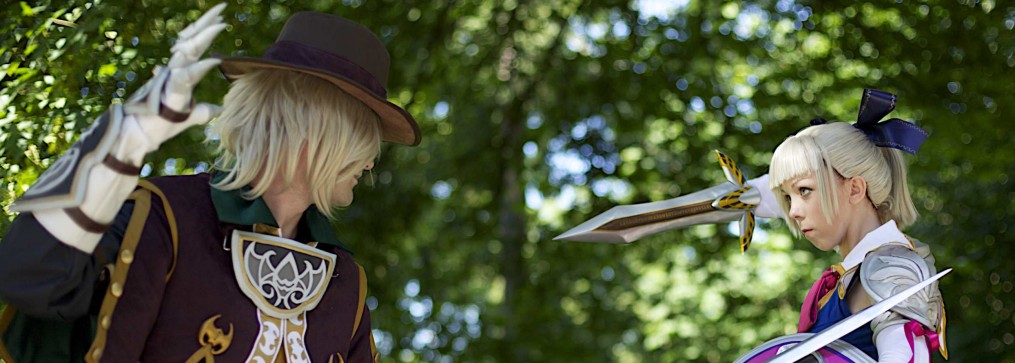
Be sure to subscribe so you don't miss anything.ĮDIT: If you found this tutorial useful, you'll find more like it in my book, " Make: Props and Costume Armor" available HERE. I've got more projects coming along right now. Not bad for a finished product that looks at least as good as any of the licensed collectible props I have in my collection. If I had to buy all of the tools I needed just for this project, add an additional $30 or $40 depending on fluctuations in the world tongue depressor market. If I'd bought all of the paints I needed all at once, they'd be another $70 or so. Even the smallest bondo and resin kits you can find in the hardware store will contain enough material to build two helmets this size. The total cost of materials that went into the helmet itself was somewhere around $45. If you're not comfortable cooking plastics so they emit all of their poisonous chemicals, you could just as easily cut a section out of a welding faceshield from the hardware store or a tinted transparent report cover from the office supply store.įor the crowning detail, I picked up some decorative sheet from the hardware store and cut a piece to fit into the top vent: The eyes were formed out of 1/8" red tinted acrylic sheet from TAP plastics which I heated in a toaster oven until it became pliable and then pushed into place with a wad of paper towels until it cooled. The nose hose detail was brushed with a couple of coats of flat black and the tusks were picked out with some silver and gold hobby paint before I added some age with Model Masters Burnt Iron metallizer in the airbrush:

I also used some "Steam Power Black," "Oily Black," and "Tarnished Black." I'm pretty pleased with the end result: Once the blackwash was done, I set about picking out the details and darkening the recesses with an airbrush:įor the most part, the color I used was "Dirt" from the Polly Scale railroad colors line. If you're not familiar with blackwashing, you can see the process explained in my build of Boss' helmet from Republic Commando.

To age the whole thing, I do a quick blackwash with watered-down acrylic paint from the craft store: I don't know why they call it "Shell White." I suppose "Bone White" is too morbid: The topcoat was "Satin Shell White" from Rustoleum. When the primer had dried, I applied more mustard to make scratches that would show through the topcoat to the primer. With the masking in place, I gave the whole thing a coat of white primer: The point is to use something water-based that the oil-based paint can't stick to.

In reality you can get away with anything viscous enough to stay where you put it.
PEPAKURA RESIN SERIES
I use mustard because I was able to determine through a months-long series of clinical trials that it has just the exact right pH balance to counteract the corrosive activity caused by the solvents in the spraypaint.Īctually, no that's not true. Also known as French's Classic Yellow Mustard or "ew, gross, how long has this been in your shop?" Once the clearcoat was dry, I picked out all of the areas where I wanted scratches to show through to the bare metal with mustard: The chrome paint itself is very delicate, so after it had set up, I gave it three coats of clear.


 0 kommentar(er)
0 kommentar(er)
